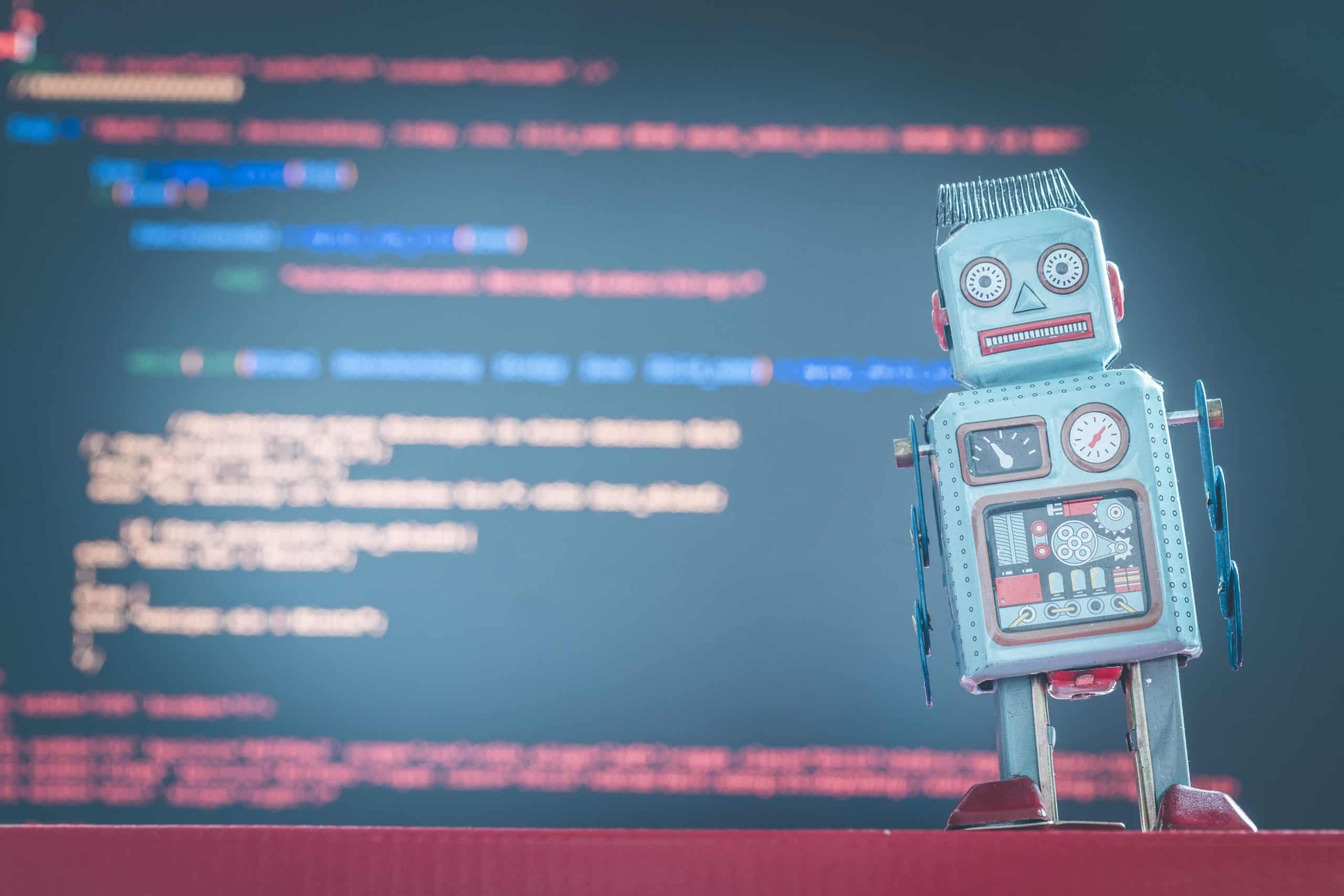
Social media algorithms – love them or hate them, they’re something every business has to contend with when trying to establish a successful social media presence. The problem is, every social media algorithm is different and composed of various evolving factors that aren’t necessarily prioritized equally on each. This can make it confusing to try and understand them all. Luckily for you, we’ve delved into each social media algorithm below, highlighting their list of priorities and how to be successful on each platform.
What Are Social Media Algorithms?
Social media algorithms are automated calculations that determine the order in which social media posts appear on peoples’ feeds. They’re a way of organizing posts according to relevance. Generally speaking, engagement and recency are factors that play into all social media algorithms. Engagement refers to both the amount of engagement on a particular post and the amount a user generally engages with the profile behind that content.
It makes sense that social media networks want users to spend as much time as possible on their platform and to stay engaged. That’s why it’s important for them to highlight the content users will want to see first based on the suitability to that user.
It wasn’t that long ago that social media posts appeared in reverse chronological order, where the newest posts were displayed first and scrolling down a feed was like scrolling down a timeline of posts. However, all platforms switched to an algorithmic approach to give users more of what they want to see based on their behavior and what their platform is mostly used for. Facebook doesn’t always prioritize the same content as LinkedIn because Facebook is primarily used for keeping in contact with friends and family where LinkedIn is intended for professional networking.
Want help with your social media management?
Our social media specialists are here to help.
Facebook Algorithm
We don’t know definitively how Facebook chooses what content to show you, but what we do know is that Facebook wants to encourage scrolling. That way, they have more opportunity to show you ads, which is where they make their money. So, Facebook has various ranking factors that calculate what appears on your newsfeed and the order in which they appear – according to which they think you are most likely to engage with and will keep you on the platform.

How Does the Facebook Algorithm Work?
So we’ve established that Facebook determines which posts to display in your newsfeeds according to what they think you will engage with most. But how do they know which posts you’re likely to engage with? They take into account the type of posts you have a history of engaging with, and will push similar posts your way. These are taken from multiple different types of media, such as images, text and video, so that your newsfeed is as engaging and “scrollable” as possible.
- The Facebook algorithm prioritizes content from friends and family over businesses. Organic content posted from business accounts on Facebook often struggles because Facebook pushes content based on user relationships – meaning friends and family posts come first.
- The Facebook algorithm prioritizes content from people you engage with. This goes hand in hand with pushing content from friends and family, since it makes sense that people engage a lot with people they know personally.
- The Facebook algorithm prioritizes the type of content you engage with. Do you usually engage with photos or videos more? Facebook will learn the answer and calculate your newsfeed accordingly.
- The Facebook algorithm prioritizes the number and length of comments over likes.
- The Facebook algorithm prioritizes popular posts. Reactions are higher priority than likes, and shares are higher priority than comments, etc.
- The Facebook algorithm prioritizes group and event posts because they’re “the two biggest reasons people visit Facebook everyday”.
- The Facebook algorithm prioritizes recency. The newer it is, the higher it will appear in your feed.

Instagram Algorithm
The Instagram algorithm is much more business oriented than Facebook’s. It’s a platform that notoriously reaps a lot of benefits for businesses, whether that’s in the form of brand awareness, influencer partnerships, or just general conversions. Despite this, Instagram maintains that their algorithm puts equal emphasis on both personal and business content. Instagram released more insights here.
How Does the Instagram Algorithm Work?
Just like with Facebook, the more engaged we are on Instagram, the better this serves Instagram. It means they can continue to show us more ads and thus make more profit.
- The Instagram algorithm prioritizes likes. Posts with the most likes will see the most success and will be pushed onto your newsfeed.
- The Instagram algorithm prioritizes recent posts. Recency is a big deal on Instagram. Before the algorithm days, Instagram content would appear on people’s feeds in reverse chronological order. This consideration of timing still plays a part in the algorithms of today. Recent posts are more likely to be relevant and generate more engagement.
- The Instagram algorithm prioritizes posts from people you engage with. If you’ve engaged with certain accounts in the past, Instagram will likely push their content at you going forward. This is because you’re likely to continue engaging with their content based on your previous history.
- The Instagram algorithm de-prioritizes clickbait. Any content that they deem clickbait – content mainly intended to attract attention and encourage users to click through to a certain web page – includes competitions and giveaways.
- The Instagram algorithm de-prioritizes content with no added value. Generally speaking, Instagram deems reposted content as content that isn’t adding value and so won’t push it forward.
- The Instagram algorithm prioritizes consistency and frequency. Content from accounts that post consistently and frequently is given higher priority and pushed onto people’s feeds more than content from less active accounts. This encourages accounts to post more to grow their numbers, and keeps Instagram as fresh and engaging as possible by ensuring there’s always new content to be seen. Consistent and frequent posting on stories is absolutely essential.

TikTok Algorithm
If you’re interested to learn more about working with TikTok, our TikTok Marketing and How to Grow TikTok Followers for Business guides have you covered. As for TikTok’s algorithm specifically, The Wall Street Journal conducted an investigation to discover the truth behind it. Since TikTok’s relatively recent explosion onto the scene, its algorithm has been cloaked in mystery. However, TikTok released some insights into how it recommends videos in the #ForYou page.
How Does the TikTok Algorithm Work?
- The TikTok algorithm prioritizes posts from the people you engage with. If you follow accounts, like or comment on other people’s content, you will see more of their content.
- The TikTok algorithm prioritizes the type of content you engage with. Whether that’s videos with captions, particular music that grabs your attention, or challenges related to hashtags you follow. Finishing an entire video is one of the strongest indicators to TikTok that you are interested in that type of content.
- The TikTok algorithm prioritizes content that relates to your device and account settings, such as language preference, country setting, and device type. These factors are less important than the user’s interactions and engagement.

Twitter Algorithm
Twitter is a vastly different platform to its social media cousins. Where Instagram is totally visual, Twitter is much more copy-oriented. The way we engage with content on Twitter differs as a result, which means the algorithm must be catered accordingly.
How Does the Twitter Algorithm Work?
Twitter likes content that generates lots of engagement in the form of retweets and comments because this recycles existing content to keep the platform full of content for everybody. The more content that exists on each feed, the more people will scroll, and the more ads they can show you.
- The Twitter algorithm prioritizes recency. You will see recent content at the top of your newsfeed, especially considering how much Twitter is used to deliver and discuss breaking news and current events.
- The Twitter algorithm prioritizes high engagement. Twitter doesn’t just place emphasis on content you engage with, but it pushes the content with the highest engagement generally – whether you personally engage with that profile’s content or not.
- The Twitter algorithm prioritizes content from people you follow. On a platform where it’s easy to see content from accounts you do not follow on your newsfeed, this is important.
- The Twitter algorithm prioritizes retweets and comments. Some platforms, like Instagram, place the most importance on likes, whereas Twitter prioritizes retweets and comments over likes.

Want help with your social media management?
Our social media specialists are here to help.
LinkedIn Algorithm
LinkedIn is the social media network for professionals, and in that way is also used entirely different to the likes of Instagram and Facebook.
How Does the LinkedIn Algorithm Work?
- The LinkedIn algorithm prioritizes consistency. Consistency is a recurring theme across all of the algorithms. The more consistently accounts post on LinkedIn, the more their content will be rewarded by being prioritized by the algorithm.
- The LinkedIn algorithm prioritizes content from people you engage with. Just like all of the other platforms, it makes sense, right?
- The LinkedIn algorithm prioritizes high engagement and it will appear on your newsfeed irrespective of whether you have a history of engaging with the account itself. Of course, this is only if the algorithm determines, based on other factors, whether you’re likely to engage with this particular piece of content.
- The LinkedIn algorithm prioritizes comment length. The longer the comment, the better. This is prioritized over the number of reactions, which is not the case on every platform. This is because LinkedIn is a platform where copy is valued, not just images.
- The LinkedIn algorithm de-prioritizes business content. This might come as a surprise, since many businesses are known to use LinkedIn as part of their marketing strategy.






